
Buy Fresh Food!
This is rule number one. There is no simpler, easier, nor plainer measure of the healthiness of your food than whether it comes to you in boxes and cans or is fresh from the farm or fields. If more than half of your shopping comprises prepared foods, then you need to take your eating habits back to the healthy side by opting for more fresh vegetables, fruit, seafood, juices, and dairy products.
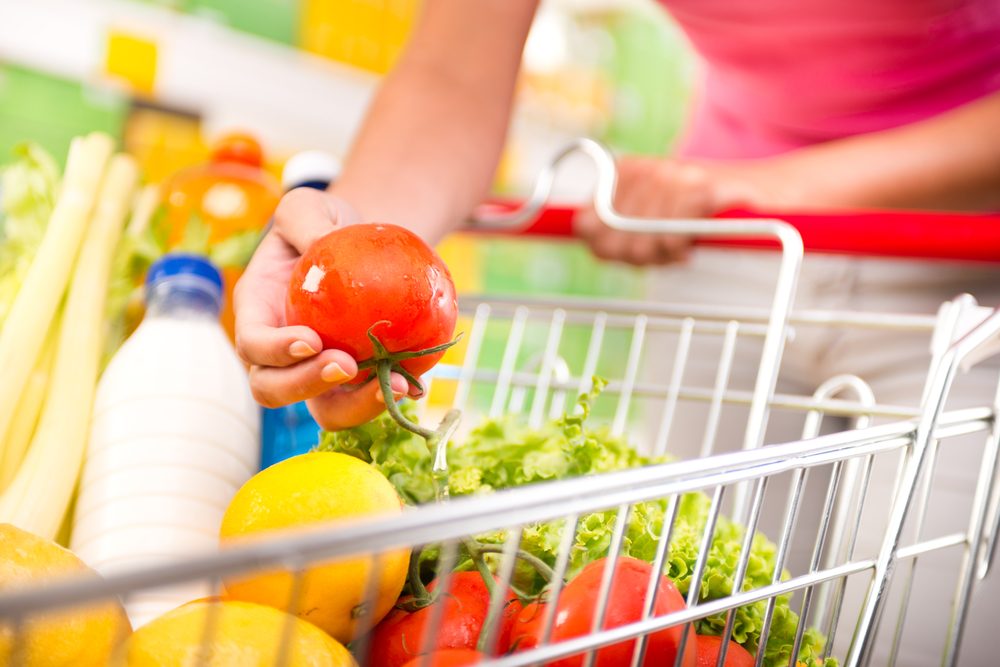
Shop Around The Perimeter Of The Supermarket
That’s where you’ll find the fresh foods in most stores. If that’s the case in your supermarket, avoid the central aisles and your shopping trip will be the healthier for it. Just dip into the aisles for the staples you know you need.
(Photos: Thinkstock)

Think of the Different Sections as Seperate Stores
By seperating dairy, fresh produce, meat, and so on into seperate stores within the supermarket, you’re more likely to cafefully consider what you buy. Target only those that are safe to browse through – the fresh food sections, primarily – and steer clear of your danger areas.
(Photos: Thinkstock)

Bring a Shopping List
Organize your shopping list based on the tip above – that is, order it by the individual sections of the store. This will get you out of the supermarket at the speed of light. Shopping with a list has benefits beyond speed and spending; by sticking rigidly to a well-planned shopping list, you can resist the seductive call of aisle upon aisle of junk food, thereby saving your family and yourself from an overload of empty calories.
(Photos: Thinkstock)
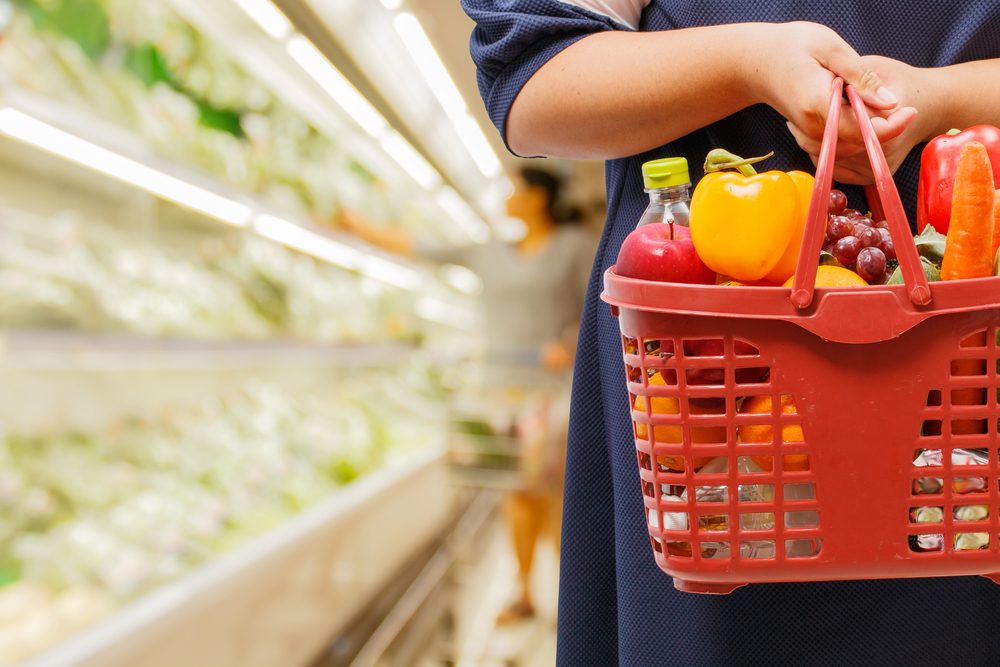
Shop on a Full Stomach
You’ve no doubt heard it before, but it’s worth repeating. Walking through a supermarket with your tummy rumbling can make you vulnerable to buying anything that isn’t moving. If you can’t arrange to shop shortly after a meal, be sure to eat an apple and drink a large glass of water before heading into the store.
(Photos: Thinkstock)
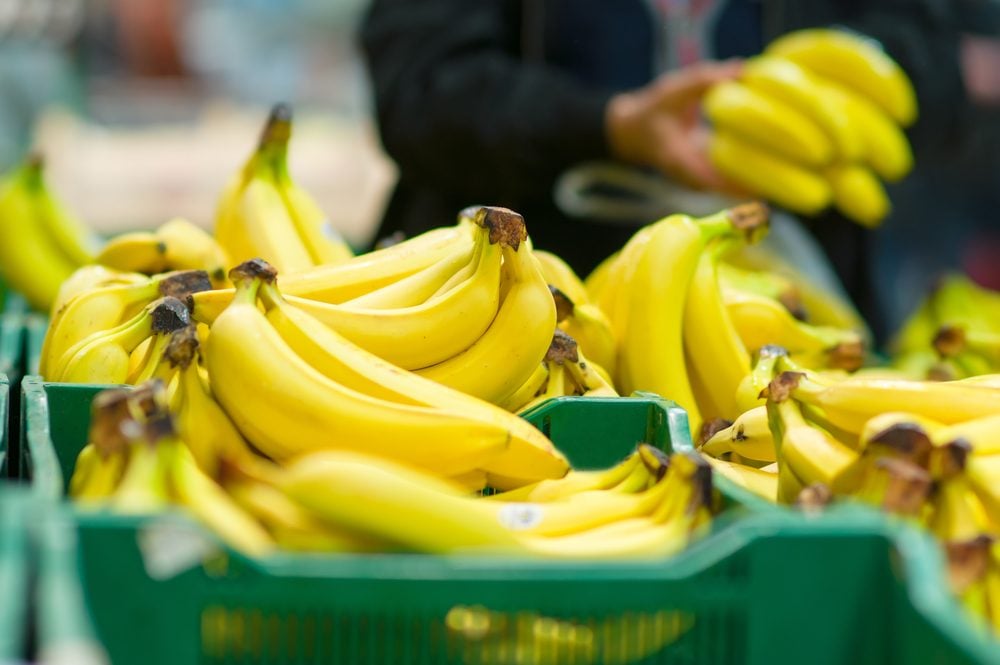
Purchase a Few Days Before Food is Fully Ripe
There’s no point in trying to buy fresh vegetables and fruit for your family if the bananas turn brown and the peaches go mushy two days after you get them home. Buy fruit that’s still a day or two behind ripeness. If the fresh produce on the shelves looks a bit beyond its peak, don’t walk away; chances are, there’s a fresh shipment in the back just waiting to be put out on the shelves.
(Photos: Thinkstock)
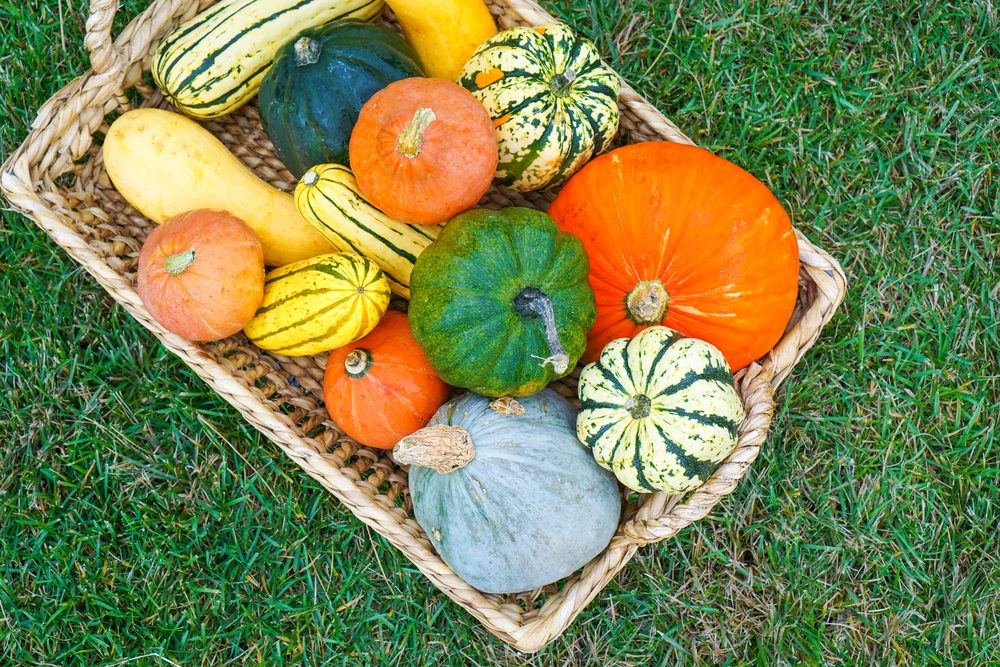
Buy In Season
Of course, it’s tempting to buy strawberries in December, and once in a while that’s fine. But fresh fruit and vegetables are definitely best when purchased in season, meaning they’ve come from relatively close to home. They often cost less and are tastier. Ask around at the farmers’ market to find out what’s best when.
(Photos: Thinkstock)
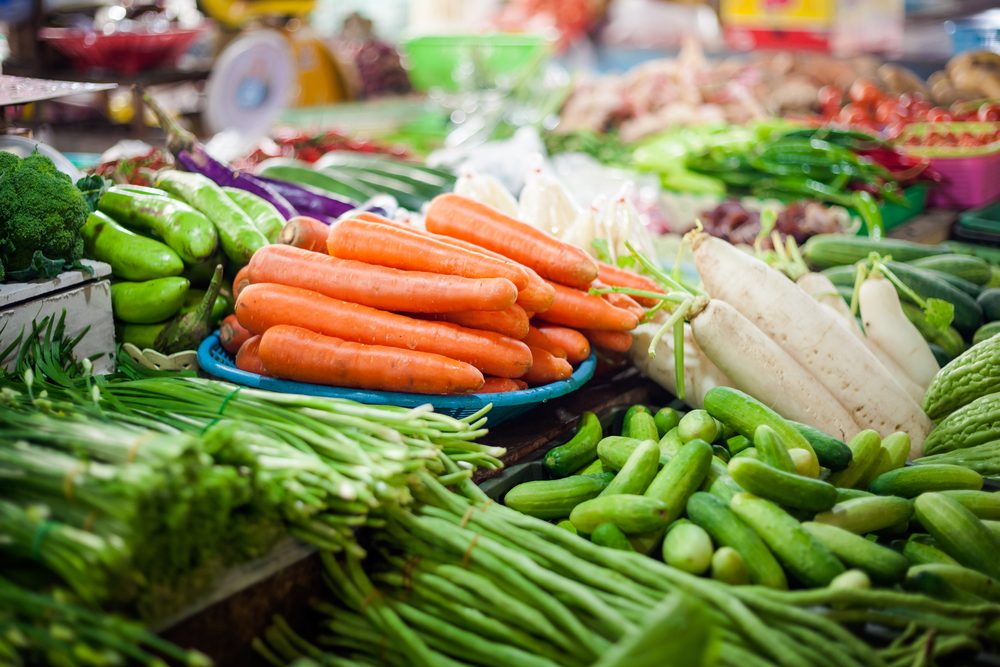
Consider Going Organic
Some studies suggest that organic produce contains higher levels of cancer-fighting nutrients. While others find no difference, organic is undoubtedly better for the environment and doesn’t contain the pesticide residues sometimes present in non-organic produce. But it is generally more expensive so, when choosing what to buy, consider which non-organic foods have the worst residues. That being stated, do not let the price factor dissuade you from eating ample portions of fruits and vegetables, all of which are good for the body and mind.
(Photos: Thinkstock)
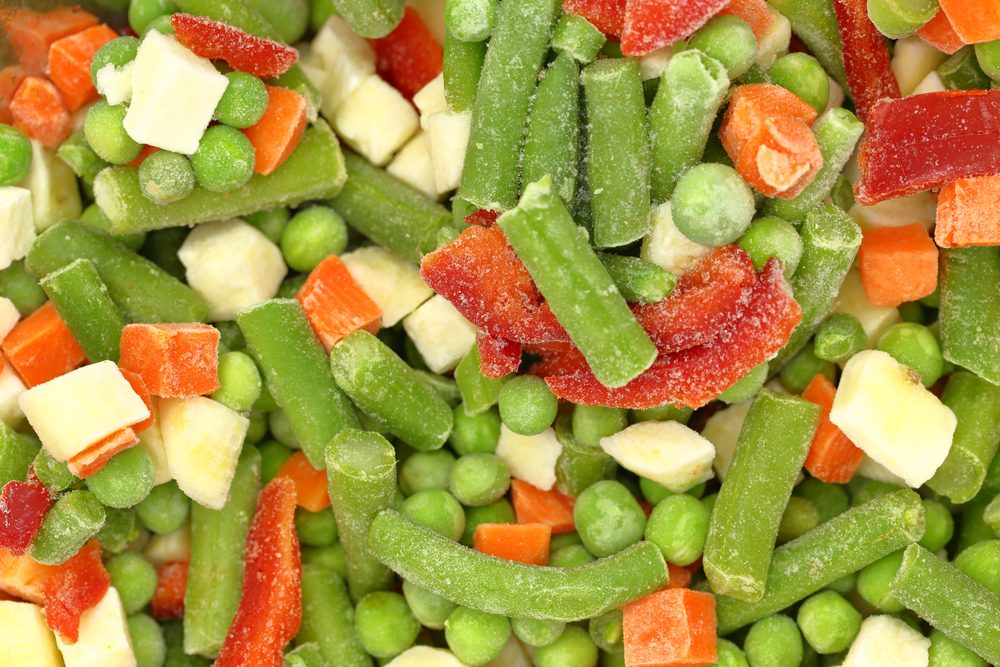
Buy Frozen
Frozen fruit and vegetables are often flash frozen at source, locking in more nutrients than some fresh or canned foods contain. So stock your freezer with bags of frozen vegetables and fruits. You can add the veggies to soups and stews, microwave them for a side dish with dinners, or thaw them at room temperature and dip them into low-fat salad dressing for snacks. Use the fruits for desserts and smoothies, and as ice cream or yogourt toppings.
(Photos: Thinkstock)
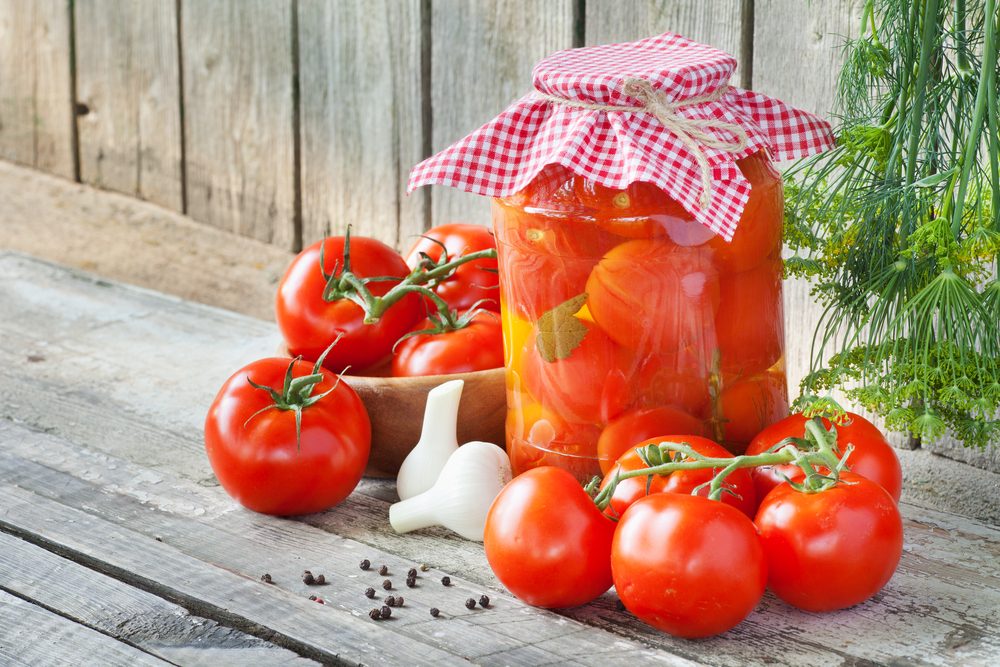
Cans Can Be Good
Canned tomatoes are a godsend when it comes to rustling up a quick dinner. Warm up a can with some crushed garlic for a chunky pasta sauce; pour a can over chicken breasts and simmer; add to stews and sauces to provide flavour and extra nutrients. Just be sure to use fresh tomatos when possible, to avoid too much sodium, which canned goods can contain a lot of.
(Photos: Thinkstock)
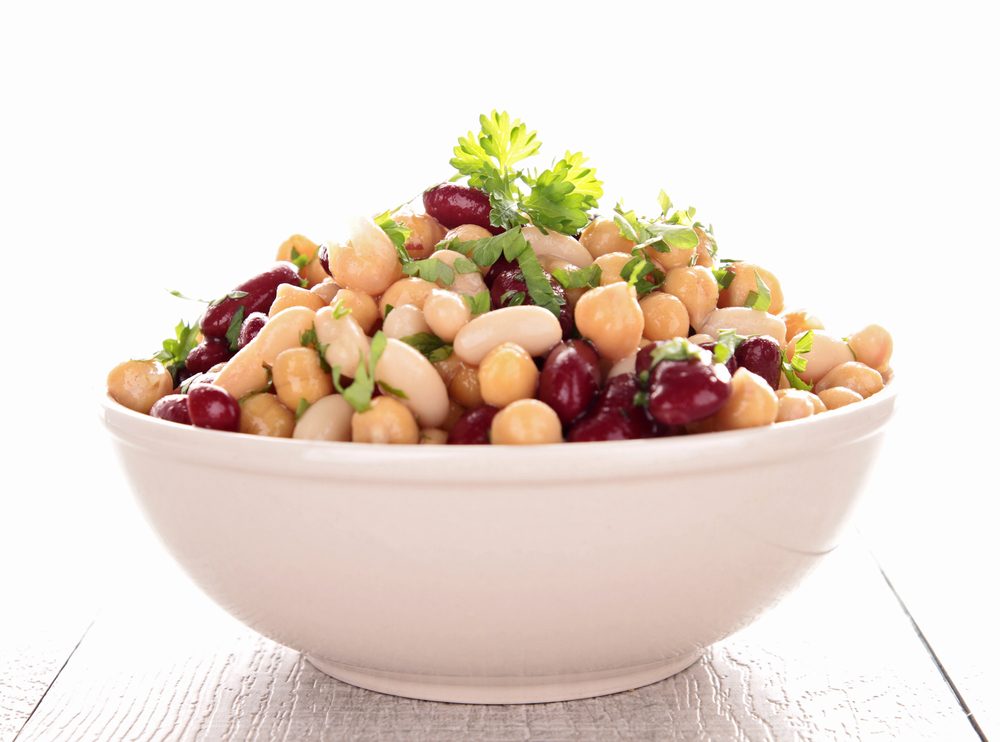
Don’t Forget Canned Beans
They may have a bit more salt than you’d choose, but it’s easy enough to rinse it off. Beans can be mixed with brown rice, added to soups and stews, puréed with onions and garlic to make a dip, or served over pasta for a traditional pasta e fagioli (fagioli means “beans” in Italian).
(Photos: Thinkstock)
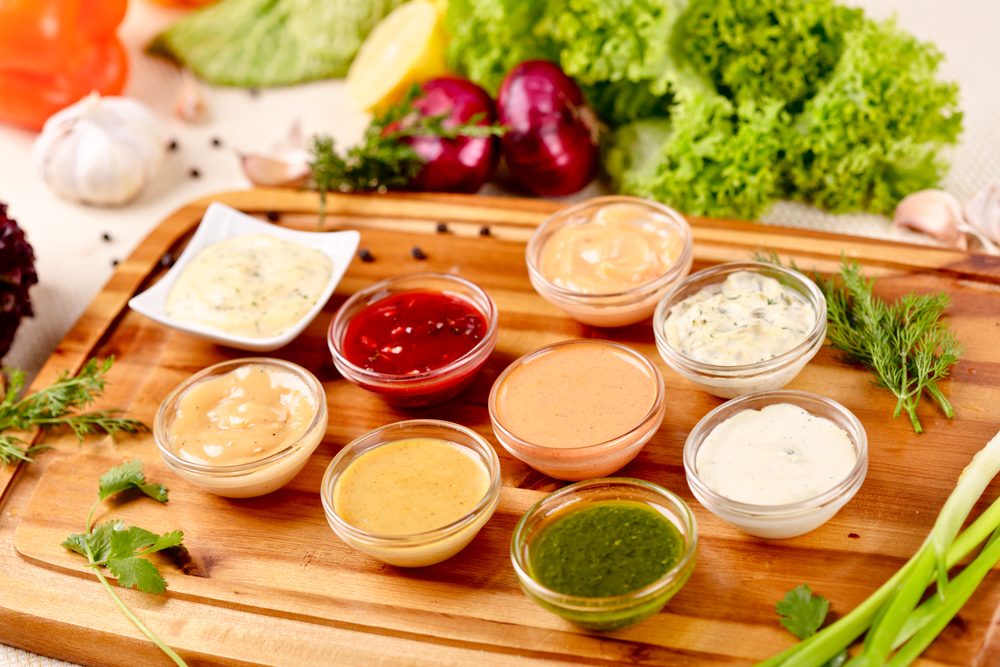
Get to Know Your Condiments
With the following basic ingredients you have the foundations for tasty sauces, low-fat marinades, and low-salt flavourings. Plus, you can stay away from the less-healthy ingredients such as mayonnaise, butter, margarine, creamy salad dressings and so on.
Choose: flavoured ketchups, relishes, chutneys and barbecue sauces (look for sugar-free varieties), horseradish, mustards, flavoured vinegars, extra-virgin olive oil, and pesto sauces (delicious spooned on top of salmon and baked), capers, jars of olives, sun-dried tomatoes, spaghetti sauce, anchovies, roasted red peppers, Worcestershire sauce, chili sauce, hot pepper sauce, soy sauce, sesame oil, walnut oil, teriyaki sauce, and jars of salsa.
(Photos: Thinkstock)

Make Sure the Ingredient List is Short
When you are going to buy prepared food, just remember: the shorter the ingredient list, the healthier the food usually is. Of course, if the ingredients are sugar and butter, put the item back on the shelf.
(Photos: Thinkstock)
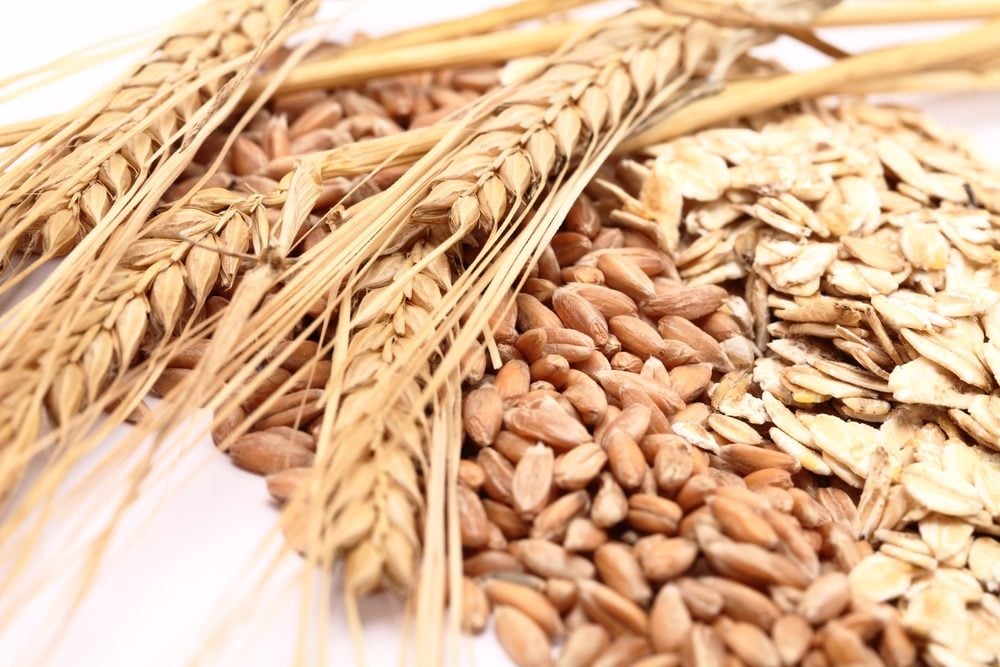
Try Out Whole Grain Options
Try replacing some of your products with whole-grain varieties, such as whole-grain pasta, couscous, or brown rice. You can also try replacing your white flour with whole-wheat.
(Photos: Thinkstock)

Reject Food and Drinks Made With Corn Syrup
Corn syrup is a calorie-dense, nutritionally empty sweetener perhaps even worse for us than refined sugar. A number of foods and drinks contain it, including apparently healthy foods such as fruit juices, pre-made spaghetti sauces, and even bread. If corn syrup is listed as one of the four main ingredients (usually near the top), for your good health’s sake, avoid it.
(Photos: Thinkstock)
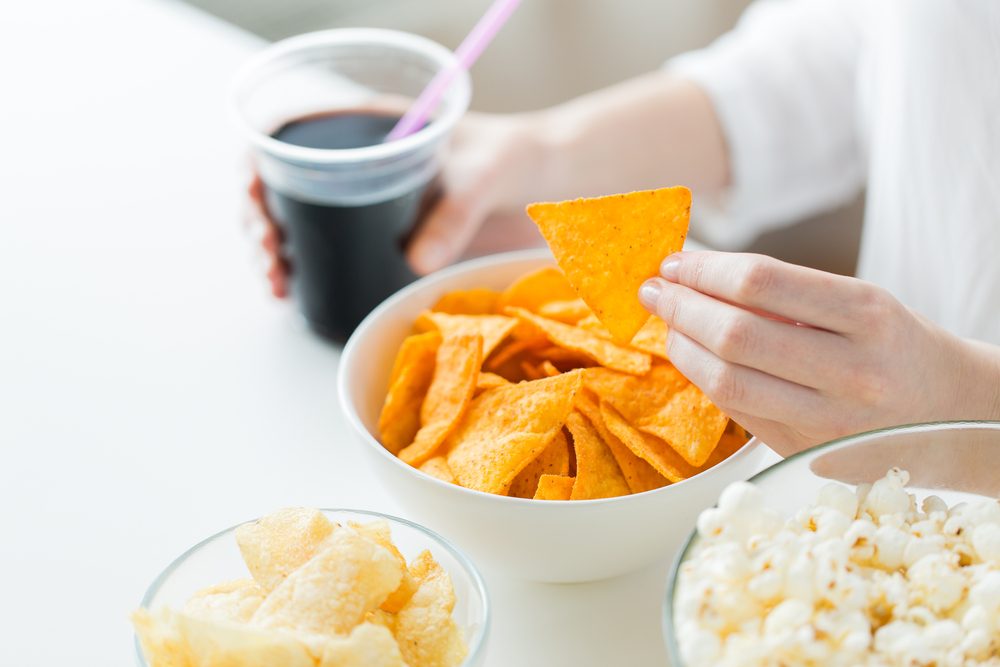
The Same Goes for Partially Hydrogenated Oil
If partially hydrogenated oil, or trans fats, are listed on the label, step away from the box and protect your health.
(Photos: Thinkstock)
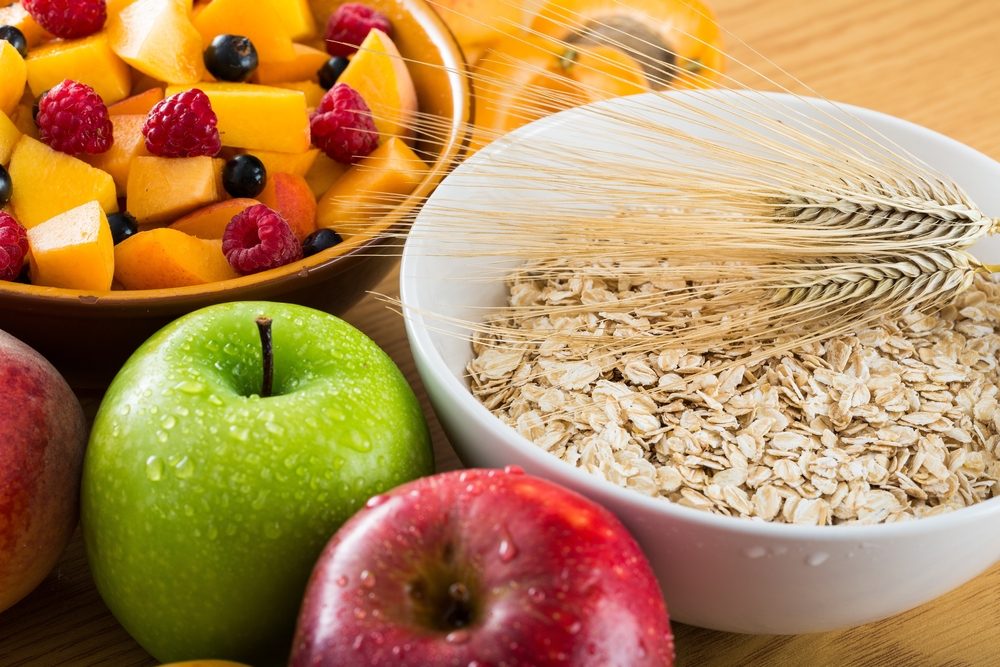
Look For Fibre
You want at least 1 to 2 grams of fibre for every 100 calories you consume.
(Photos: Thinkstock)
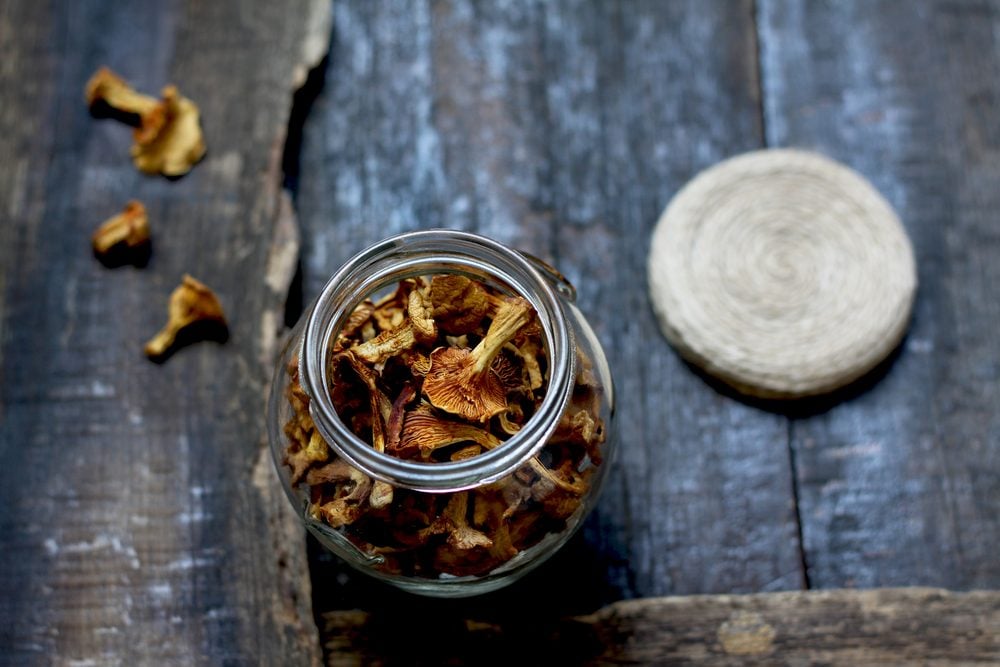
Pick Up a Jar of Dried Shiitake Mushrooms
They may look a little strange, but toss them in some hot water for half an hour and you have a meaty, healthy addition to soups, stews, and sauces, not to mention a unique filling for tarts and omelettes. Plus, they keep for ages.
(Photos: Thinkstock)
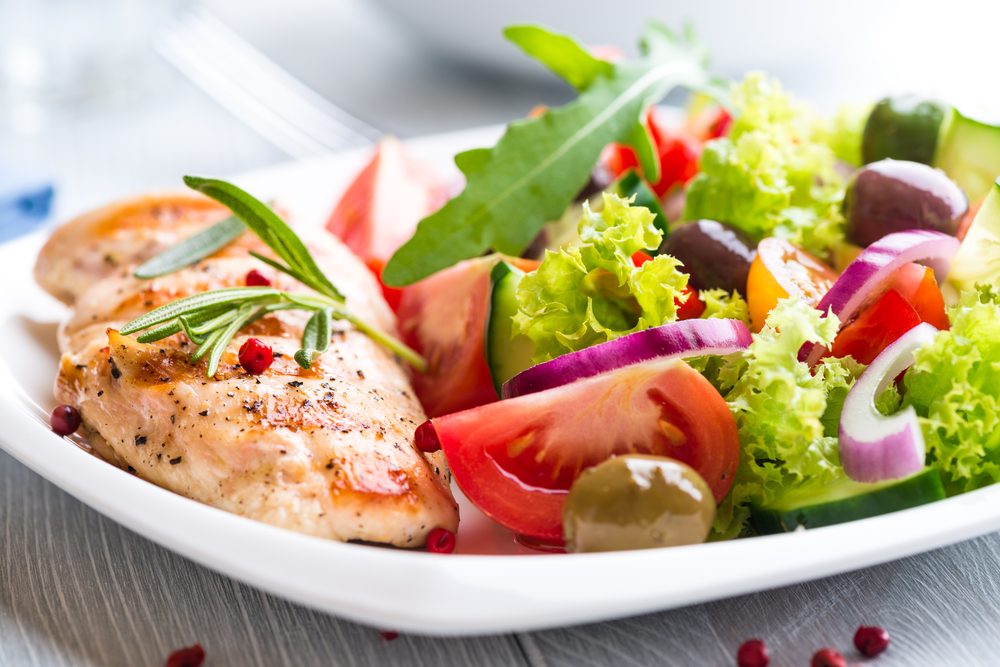
Reach For Poultry
Whenever you find yourself reaching for a package of ground meat, go to the poultry section instead and choose ground turkey, ground chicken, or ground soy. These work just as well as ground beef in just about any recipe such as meatballs and chili. This substitution alone can cut nearly a third of the calories and at least half of the fat and saturated fat in an 85 g serving. When it’s covered in a zesty tomato sauce or flavoured with seasonings, you won’t be able to tell the difference.
(Photos: Thinkstock)
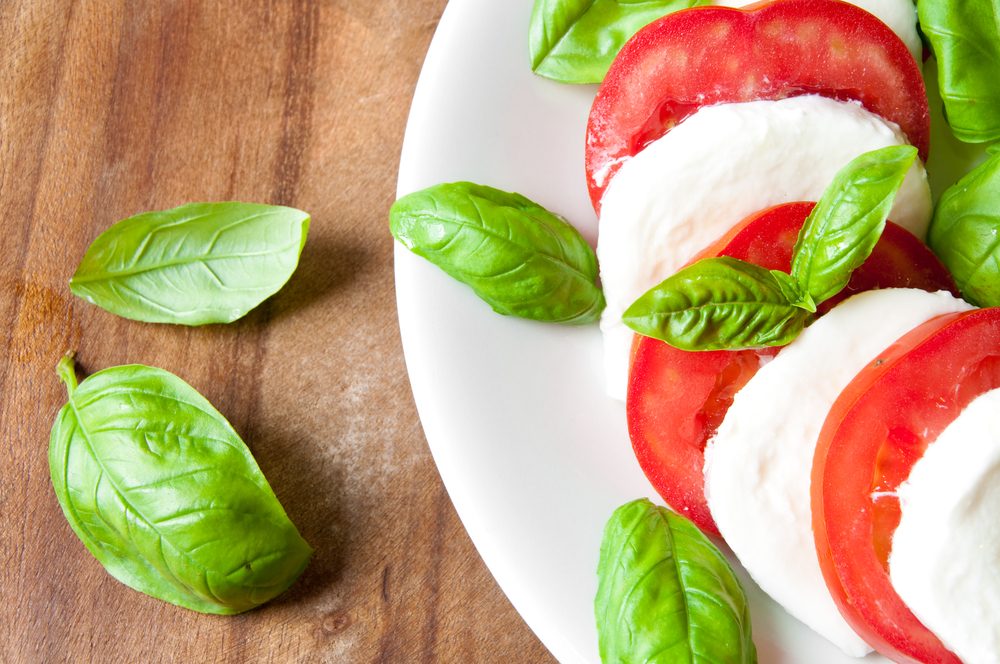
Choose Low-Fat Cheeses
Instead of high-fat gorgonzola, cheddar, double gloucester, or parmesan, choose ricotta, low-fat cottage cheese, or low-fat cream cheese. You can also enjoy medium-fat cheeses such as brie, edam, camembert, Danish blue, and feta in moderation.
(Photos: Thinkstock)

Opt For Canola Oil Instead of Vegetable Oil
It’s rich in healthy monounsaturated fatty acids and contains the essential fatty acids (EFAs) alpha-linolenic acid (ALNA) and linoleic acid (LA). It also costs less than olive oil.
(Photos: Thinkstock)
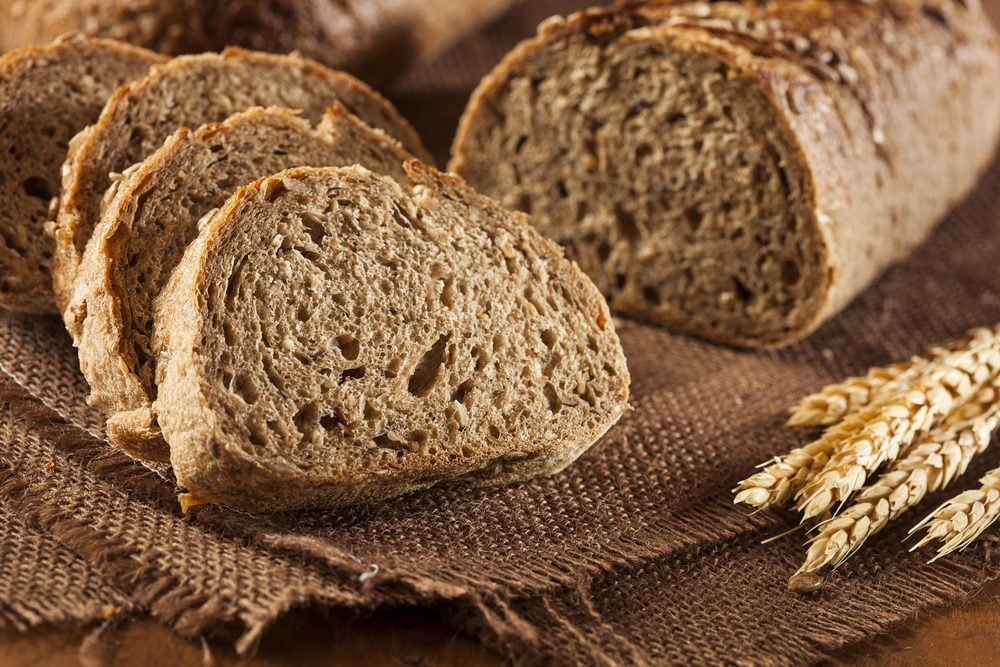
Choose Whole-Wheat Bread
Studies show that people who eat three or more servings of whole grains a day are less likely to suffer from diabetes. If your family will eat only white bread, choose a fibre-enriched variety.
(Photos: Thinkstock)
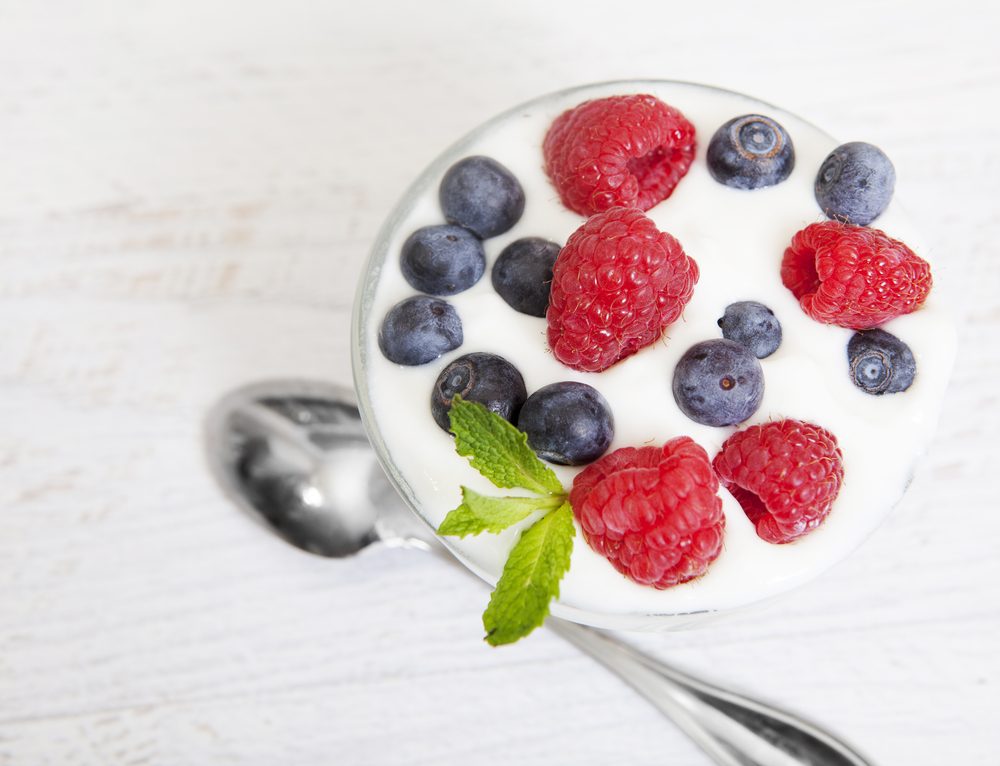
Buy Plain Yogourt and Flavour It At Home
Pre-flavoured yogourts contain sugars that destroy any healthy benefits. If you add fruit at home, it will still taste yummy, plus you’ll consume far fewer useless calories and save money.
(Photos: Thinkstock)

Grab Some Healthy Toppings For Plain Cereals
These include raisins, fresh berries, dried berries, pumpkin seeds, and bananas. Buy unsweetened cereals, then add your favourite flavours. That helps you to bypass all the empty sugary calories – and lets you enjoy the cereal more. For ease, keep a wide-brimmed, well-sealed jar of ingredients on your kitchen counter for quick mixing. Have a scoop and some sealable bags handy, and you’ve got a handy, nutritious meal or snack to eat at home or when you’re on the go.
(Photos: Thinkstock)
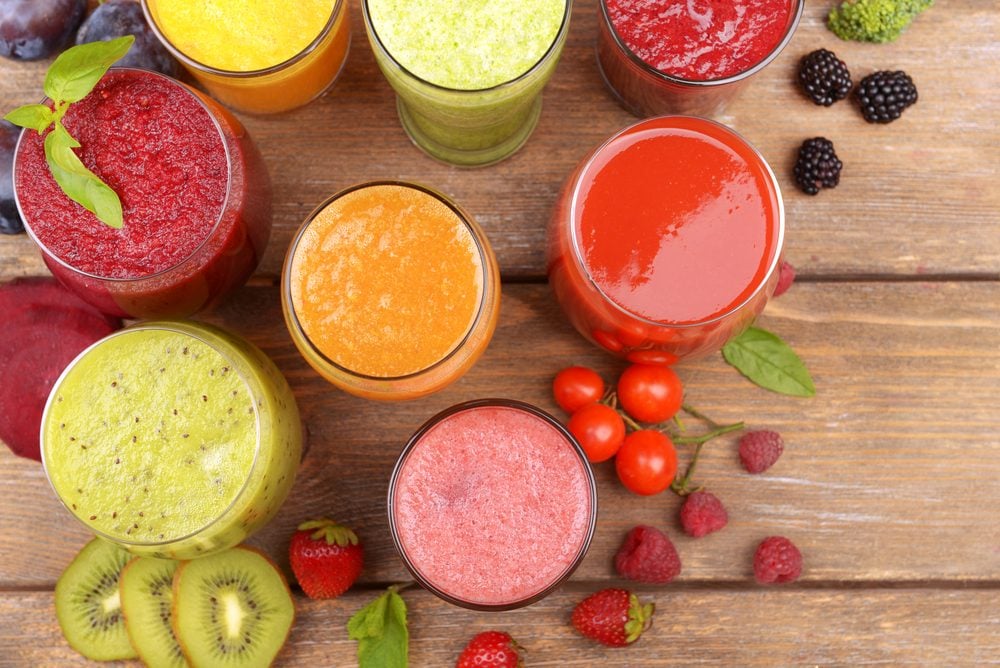
Read Juice Labels Carefully
Orange juice, though healthy, often has 20 g of sugar in the average 1 cup (250 ml) glass. Instead, try guava juice. It has three times more vitamin C and is full of potassium and beta carotene. Note that if you have kidney disease or are on a blood pressure-lowering medication, avoid potassium-rich foods as extra potassium may be harmful.
(Photos: Thinkstock)